What Is a Furuncle?
If you do not have medical training, it may sometimes be difficult for you to tell the difference between various types of skin lesions. Potentially adding to the confusion are the different names given to the same skin abnormality. For example, you may know what a boil is, but furuncle, the scientific name for this condition, may be unfamiliar to you. Furuncles are also known as skin abscesses, although this category also refers to a similar type of skin lesion known as a carbuncle.
You can develop a furuncle on the skin of any part of your body. However, they tend to develop most often on the armpits, buttocks, face, or neck. A stye is a boil that forms on the eyelid. People of all ages can develop furuncles, but they most often occur in young adults and adolescents compared to the elderly and the very young. Often a furuncle goes away on its own without medical treatment. However, sometimes a boil is more persistent and requires the attention of a doctor.
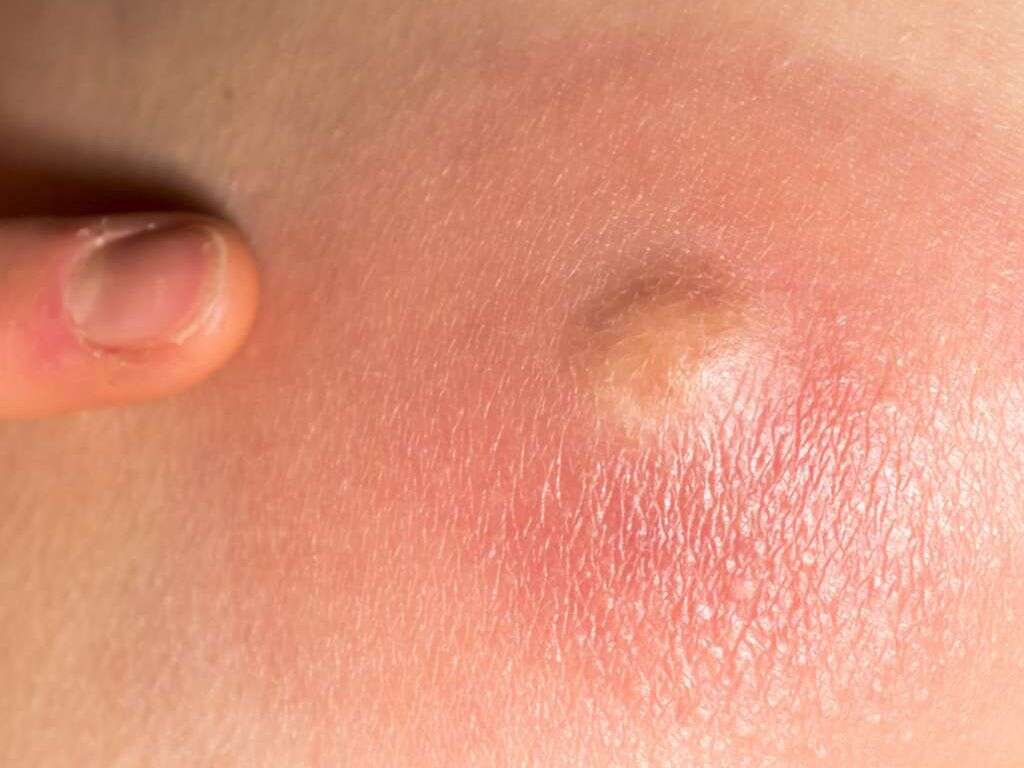
1. How Common Are Furuncles?
Furuncles are very common. There are over 200,000 cases of boils in the United States every year. Certain underlying medical conditions may put you at increased risk for developing a furuncle. However, you can develop a boil even if you are otherwise healthy.
Not only are boils common among the general population, but they can also sometimes keep coming back in the same patient. This is called recurrent furunculosis. Ordinarily, doctors do not prescribe antibiotics to treat furuncles. However, if they keep coming back over time, the doctor may make an exception to resolve the underlying infection that causes the recurrent lesion.
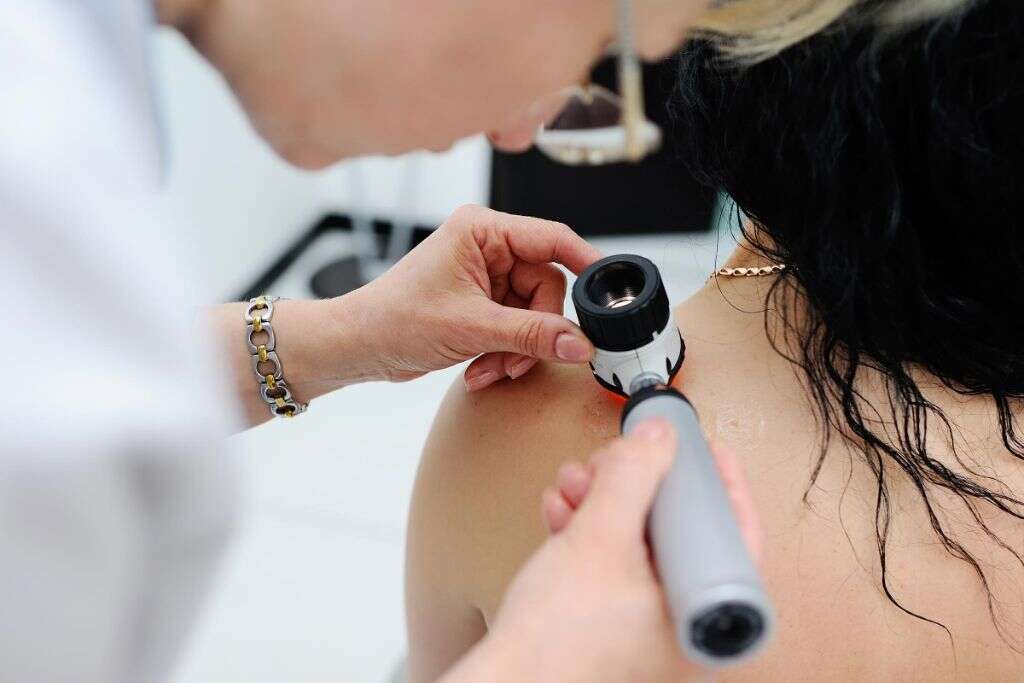
2. What Causes Furuncles?
A hair follicle is an opening in the skin from which a hair grows out. Each individual hair has its own follicle. The underlying cause of a furuncle is a bacterial infection of a hair follicle. The most common culprit is Staphylococcus aureus. This is a type of bacteria that lives on the surface of the skin and sometimes in the nose. Your immune system is usually effective at keeping the bacteria at bay. However, sometimes it can get under the skin’s surface through a cut or opening in the skin, a splinter, or insect bite. Other times, it just travels along the hair down into the follicle.
However, the bacteria reaches the hair follicle, it then causes an infection that causes damage to your skin cells. White blood cells travel to the area to fight the infection. The bacteria, the white blood cells, and other proteins mix together to form a thick, cream-colored fluid called pus. Pus will build up in the follicle as the white blood cells fight the infection. Sooner or later, the buildup of the pus causes the skin to break and the pus to drain out.
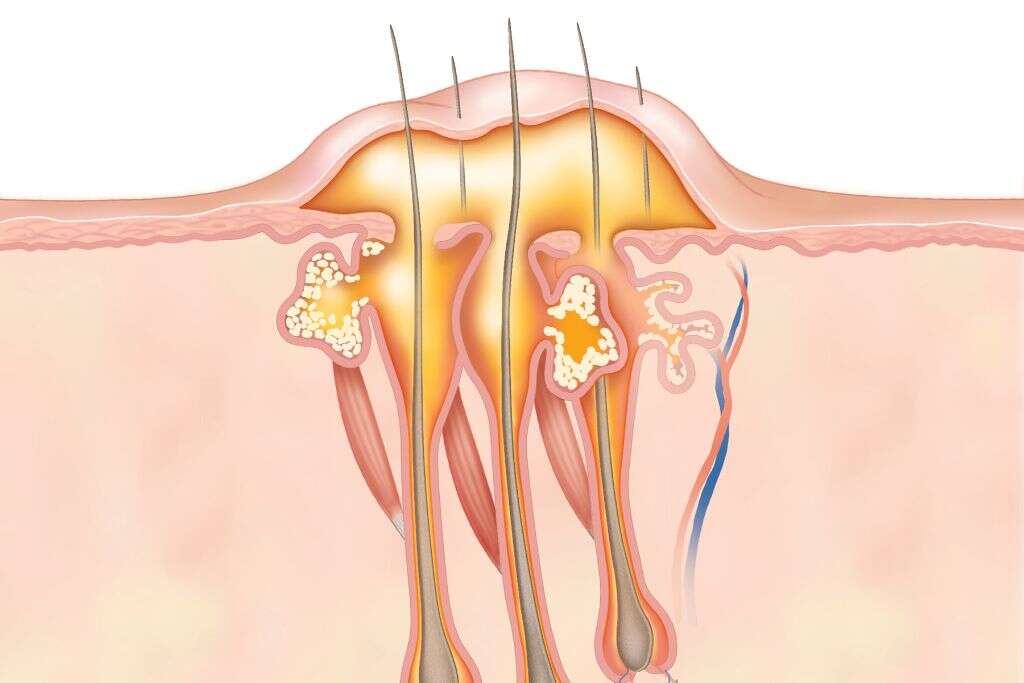
3. What Are the Symptoms of a Furuncle?
A furuncle starts out as a hard, painful lump on the skin. It is initially about the size of a pea but typically grows as it fills with pus. It can ultimately reach a size of about two inches. The skin surrounding it usually appears red and swollen; it may also be warm to the touch. Pain from a furuncle can range from mild to severe.
As the boil fills up with pus, the center of it starts to turn a whitish color. The furuncle starts to become soft. This means that it is getting ready to burst. When it does, you will see white or pink drainage from the furuncle as the pus drains out. Once this happens, the pain usually goes away. Most boils resolve themselves within a week or two.

4. How Is a Furuncle Diagnosed?
You may not need to see a doctor to diagnose a furuncle. If you are familiar with the symptoms, you may recognize a boil on your own. In such cases, you can either wait for the boil to drain on its own or use self-care measures to help it along. However, if your symptoms are more serious, if they last more than two weeks, or they keep coming back, it may be necessary for you to see your doctor to have it evaluated.
Your doctor can typically diagnose a boil on the basis of visual examination alone. It may also be appropriate to take a small sample of the fluid from inside the boil and have it tested in a lab. This can be helpful to determine the bacteria that is causing the infection, which may have a bearing on treatment options. However, it is usually not necessary unless the infection hasn’t responded to the standard treatment.
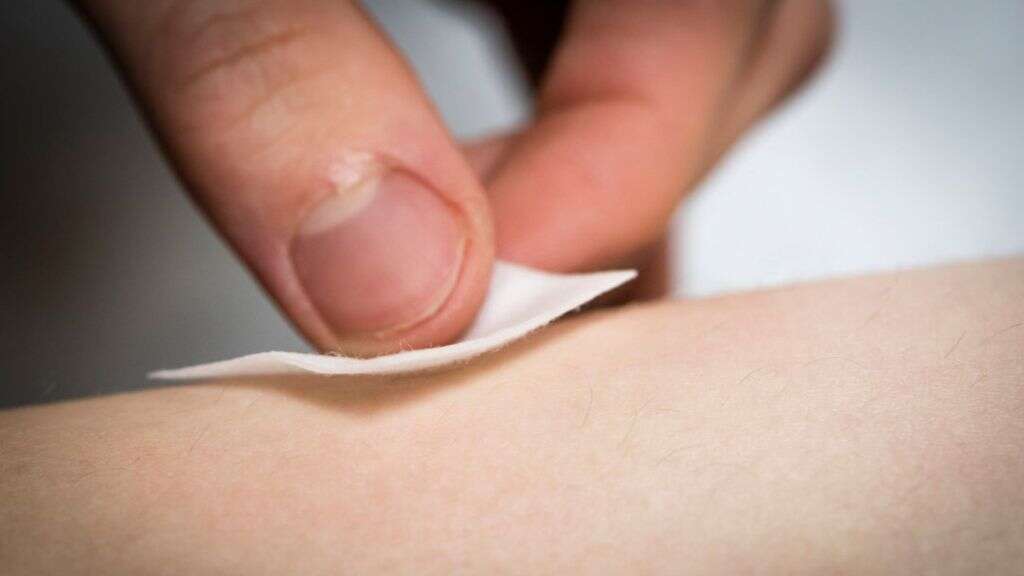
5. How Is a Furuncle Treated?
Self-care for a boil typically involves trying to force it to come to a head and drain more quickly than it would on its own. The recommended way to accomplish this is by applying moist heat. This increases the blood flow to the area, and therefore white blood cells to fight off the infection. You can apply a warm compress, such as a wet washcloth, to the area three to four times a day for 30 to 40 minutes at a time. You can also soak the furuncle in warm water if it is located on an accessible area of the body.
If your boil does not heal on its own or is particularly painful, it may be necessary for a doctor to drain it. This is accomplished under sterile conditions by either inserting a needle into the boil or using a surgical cutting tool to incise it. You should never try to drain a furuncle on your own. This could force the infection deeper into the tissues or spread it around to other areas. It may also increase the risk of scarring.

6. What Is the Difference Between a Furuncle and a Carbuncle?
A carbuncle is an infection similar to a furuncle except that it affects several hair follicles in close proximity to one another. Another way of describing a carbuncle is as several furuncles all grouped together. For this reason, the lesion in the skin caused by a carbuncle is often much larger than that caused by a furuncle.
A carbuncle is a deeper, more serious infection than a furuncle alone. While you can often manage a furuncle on your own, a carbuncle requires treatment from a doctor. While the symptoms of a carbuncle are similar to those of a furuncle, they may also be accompanied by general signs of infection such as chills and a fever of at least 100.4 degrees Fahrenheit.
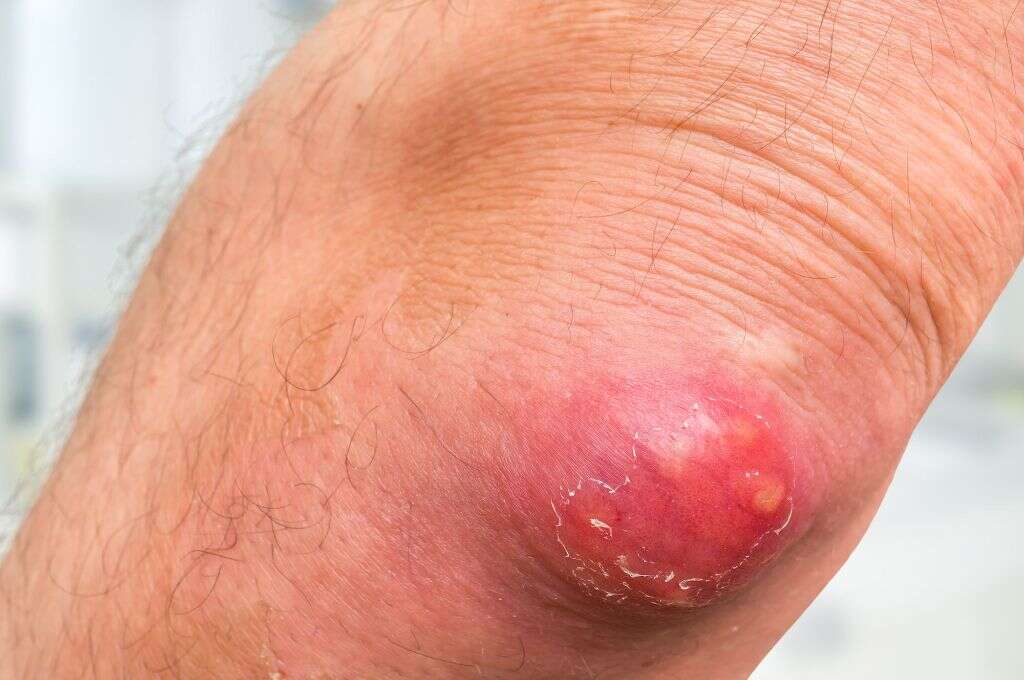
7. How Are Furuncles Different from Other Skin Complaints?
A furuncle may resemble a pimple caused by acne, at least at first. However, a furuncle will typically grow to become bigger and more painful than a mere pimple. Pimples caused by acne also usually go away on their own without rupturing the way that furuncles do.
Folliculitis is another type of infection of the hair follicles. It causes pink, red, or white lesions at the base of each individual hair that look like pimples. They are smaller than furuncles and often occur in greater profusion. However, a case of folliculitis can eventually develop into a furuncle.
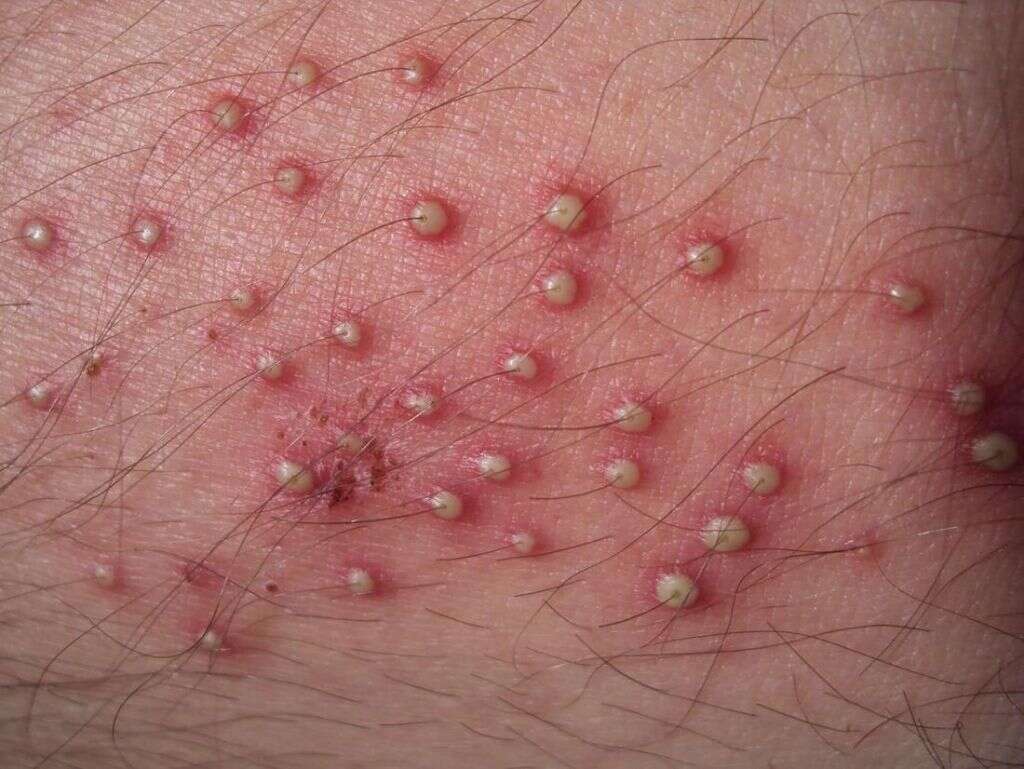
8. What Are the Possible Complications of Furuncles?
Methicillin-resistant Staphylococcus aureus is a particular strain of bacteria that does not respond to the most common antibiotics used to treat infection. If a furuncle is caused by MRSA, it may not respond to traditional treatments and/or keep coming back. It may be necessary to treat this type of skin lesion with stronger antibiotics. Doctors usually do not prescribe antibiotics to treat a boil but may make an exception for one caused by MRSA.
An untreated furuncle that does not resolve on its own can cause the bacteria to enter the bloodstream. This can result in a condition known as sepsis, or blood poisoning, by which the infection can travel to other, more vulnerable areas of the body, such as your bones or your heart. Fortunately, however, complications such as these from furuncles are rare.
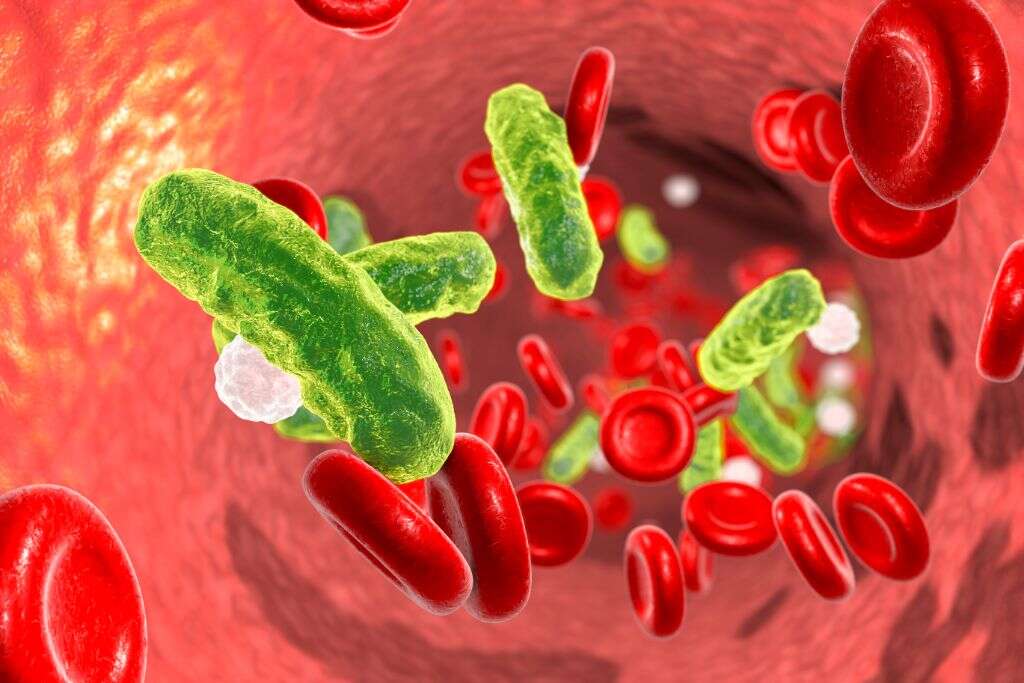
9. What Are the Risk Factors for Furuncles?
For reasons that are not entirely clear, furuncles are more common in men than they are in women. People with compromised immune systems are at greater risk for skin infection because their bodies are not up to the task of defending against the bacteria.
Some underlying medical conditions can also put you at greater risk. Diabetes is one example because it decreases your ability to fight infection. Skin diseases such as eczema that cause your skin to become itchy and dry also increase your risk because scratching can lead to openings in the skin.
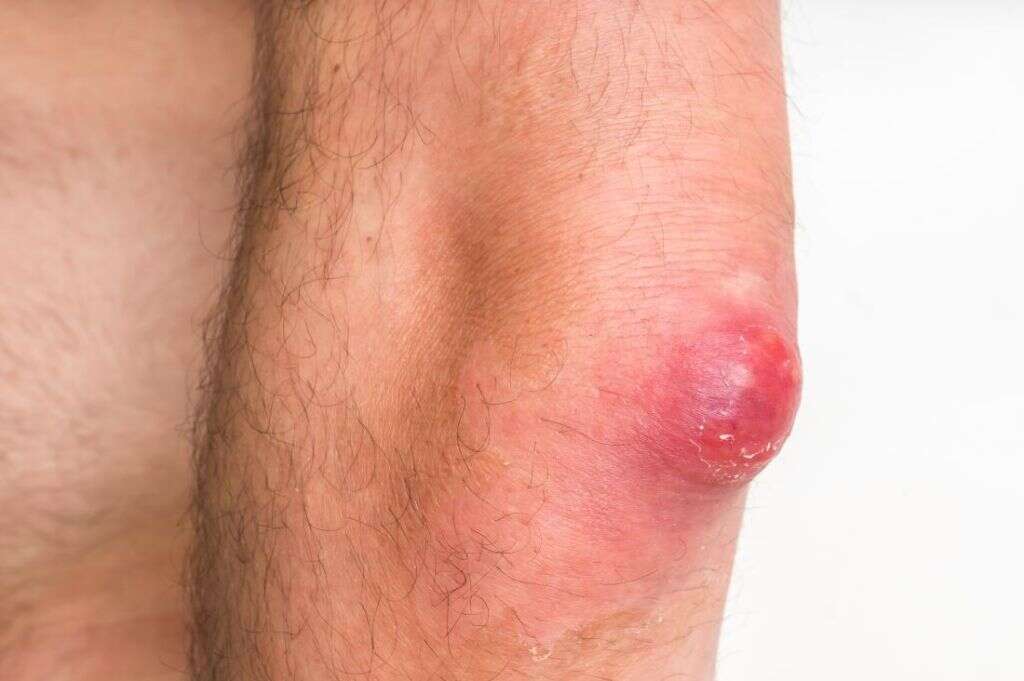
10. How Can Furuncles Be Prevented?
One way to prevent furuncles is by observing good hygiene practices. These include washing your hands often and avoiding the use of other people’s personal items, such as clothing, razors, towels, or bedsheets. Try to avoid close contact with anyone who has a staph infection.
If you already have a furuncle, you can protect yourself from further infection by covering it with a clean bandage after it bursts. You should also wash your hands thoroughly after they come in contact with the drainage from a furuncle.












